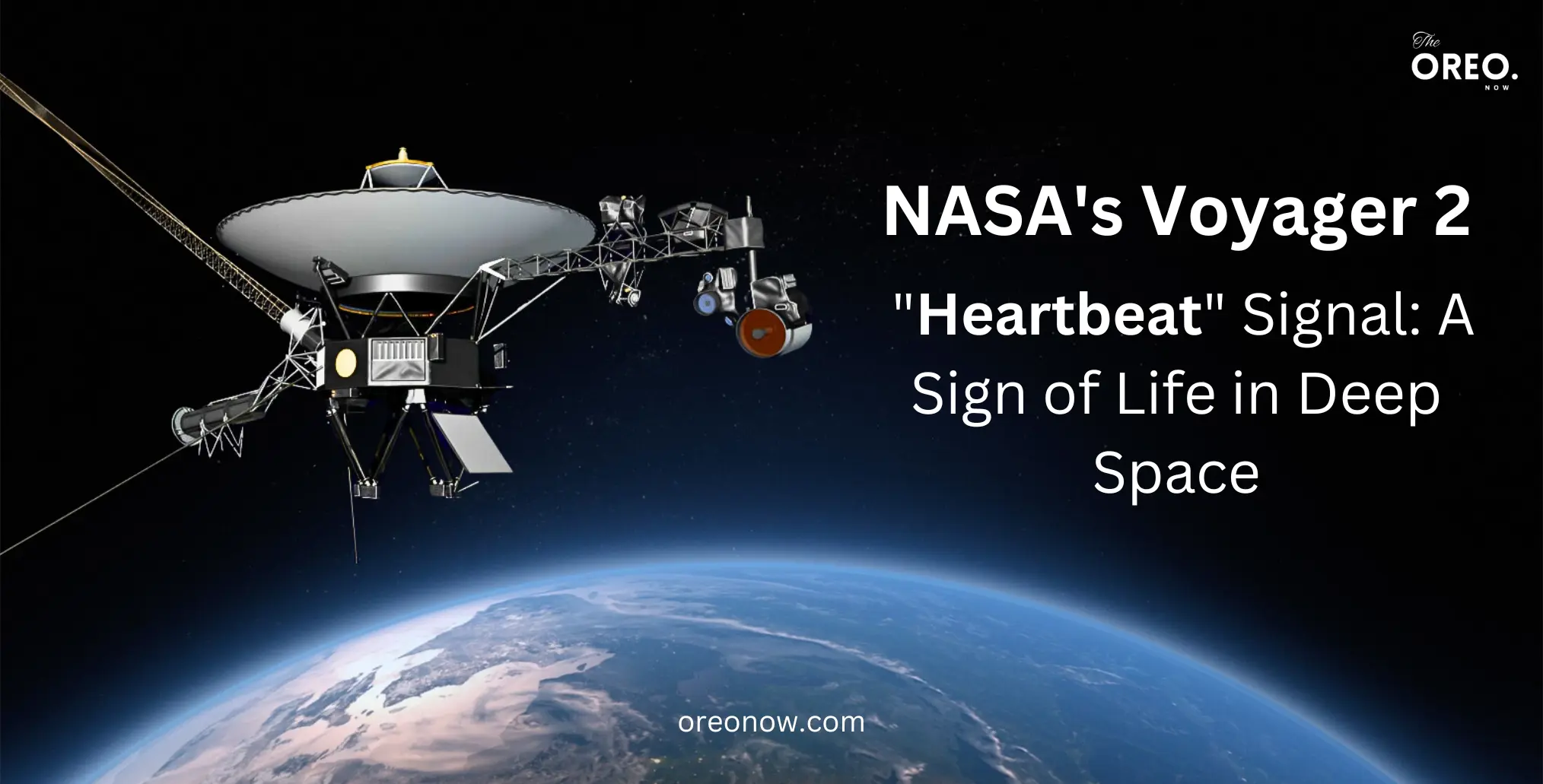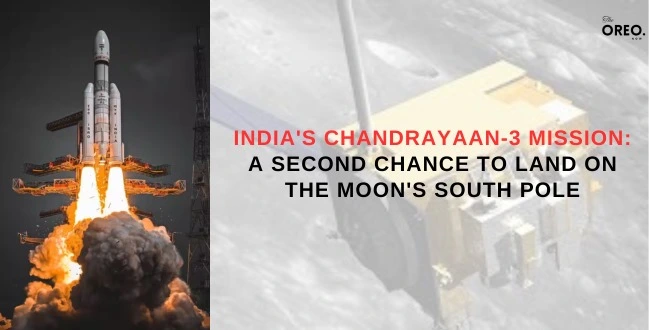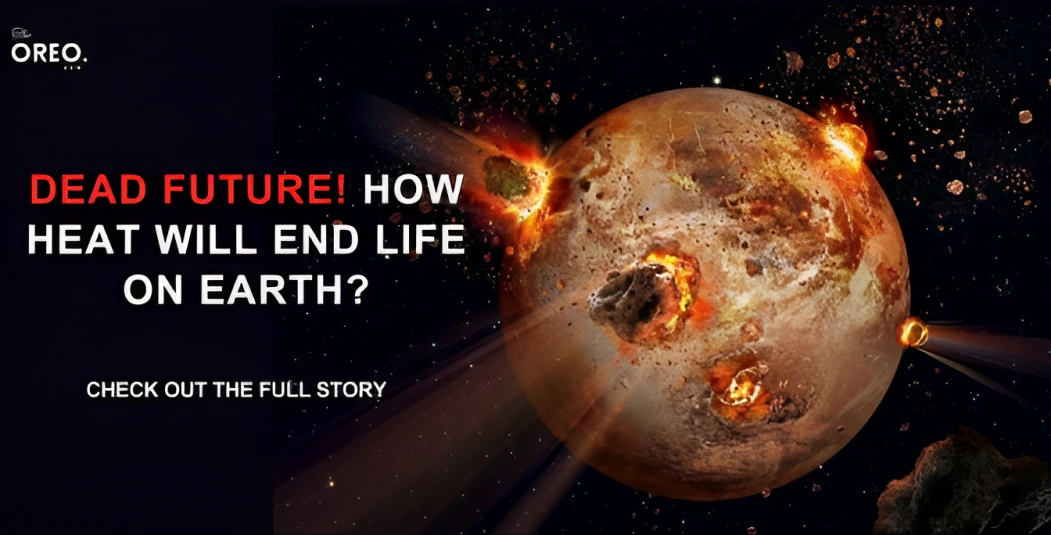NASA’s Deep Space Food Challenge For Future Astronaut Food – Finalists Announced!
NASA has announced the finalists in its Deep Space Food Challenge, a competition to develop innovative food production systems that can be used to feed astronauts on long-duration missions to the Moon and Mars.
You see, space food turns bad within the period of 1 year to 18 months. The food loses its crucial vitamins and proteins over time and astronauts have to live in orbit with limited food & beverages options for months. The International Space Station restores its pantry several times a year but still this doesn’t solve the problem that the food is very much perishable and cannot be relied on for long hauls like NASA’s mission to Mars which would take more than 2-3 years.
NASA’s Space Technology Mission Directorate administrator, Jim Reuter, expressed that the food that we are preparing must not only be nutritious but also have familiarity and comfort for the astronauts going on long-duration human spaceflights.
Deep Space Food Challenge
The Deep Space Food Challenge is an international competition organized by NASA, in partnership with the Canadian Space Agency (CSA) and other international collaborators. Its goal is to encourage the development of innovative food technologies and systems that can solve the problem of providing safe, nutritious, and appetizing food for long-duration space missions.
Participants are expected to produce food that can be cultivated in space or at least shelf-stored for a longer period of time, be eco-friendly, have familiar taste and contain all the nutrients that are needed. It would be a great perk if it also tastes good.
The challenge is part of NASA’s Artemis program, which aims to land the first woman and the next man on the Moon by 2024. This also includes a mission aiming to send humans to Mars by the 2030s. Astronauts on long-duration missions will need to be able to produce their own food in space, as it will be too expensive and difficult to transport enough food from Earth.
11 Finalists Of The Deep Space Food Challenge Phase 2
NASA has selected 11 participants as finalists in Phase 2 of the Deep Space Food Challenge and these finalists will be receiving $20,000 each to test and develop their concepts. These finalists come from a variety of backgrounds, including academia, industry, and government. They are developing a wide range of technologies, including systems for growing plants in space, producing food from algae and bacteria, and 3D printing food.
The finalists will now move on to the final phase of the competition, which will involve building and testing their prototypes. The winning team will receive a $1 million prize.
- InFynity (Chicago, Illinois)
InFynity has developed a technique that utilizes fungi protein to create meals that are not only nutritious but also tasty. By harnessing the nutritional value of fungi, they aim to provide astronauts with meals that meet their dietary needs while offering enjoyable flavors.
- Nolux (Riverside, California)
Nolux employs artificial photosynthesis to produce plant-and-fungal-based edibles. This process harnesses light energy to convert carbon dioxide and water into organic matter, mimicking the natural photosynthesis process. By utilizing this technology, Nolux aims to create sustainable food sources for space missions.
- Mu Mycology (Hillboro, Oregon) –
Mu Mycology has developed a closed-loop cultivation system for the stable growth of non-poisonous mushrooms. This technique ensures the production of safe and nutritious mushrooms, providing astronauts with a reliable source of fresh food during space missions.
- Kernel Deltech USA (Cape Canaveral, Florida)
Kernel Deltech USA focuses on continuous cultivation techniques to produce inactivated fungal biomass. This biomass offers a highly nutritious option for space missions, providing astronauts with a variety of meal possibilities while meeting their dietary requirements.
- Interstellar Lab (Merritt Island, Florida)
They focus on producing fresh microgreens, vegetables, mushrooms, and insects to provide essential micronutrients for long-term space missions. These nutritious food sources can be grown efficiently and sustainably, helping to meet the dietary needs of astronauts during extended space travel.
- Far Out Foods (St. Paul, Minnesota)
Far Out Foods has developed the Exo-Garden, a nearly closed-loop food production system. The Exo-Garden is capable of producing a variety of mushrooms and hydroponic vegetables, utilizing advanced cultivation techniques.
- SATED (Boulder, Colorado):
SATED, also known as Safe Appliance, Tidy, Efficient, & Delicious, focuses on cooking a variety of well-known foods using long-shelf-life ingredients. By leveraging these ingredients, SATED aims to provide astronauts with familiar and satisfying meals while minimizing the need for perishable or highly processed foods.
- Enigma of the Cosmos (Melbourne, Australia):
Enigma of the Cosmos developed a food production system with an adaptive growing platform. This platform aims to increase efficiency by at least 40%. By optimizing the growing conditions for plants, they seek to maximize food output while minimizing resource usage.
- Solar Foods (Lappeenranta, Finland):
Solar Foods utilizes gas fermentation to produce single-cell proteins. Gas fermentation involves using carbon dioxide and hydrogen gasses to feed specific microorganisms, resulting in the production of protein-rich food. This approach offers a sustainable and resource-efficient method of generating protein for long-duration space missions.
- Mycorena (Gothenburg, Sweden):
Mycorena has developed a circular production system that combines microalgae and fungi. This system enables the production of a microprotein while utilizing minimal resources and generating minimal waste. By harnessing the synergistic capabilities of microalgae and fungi, Mycorena aims to create a sustainable and efficient food production process for space missions.
- Air Company (Brooklyn, New York)
The Air Company has developed a unique system that captures carbon dioxide exhaled by astronauts. This captured CO2, combined with hydrogen produced through water electrolysis, is used to create alcohol. Edible yeast is then fed this alcohol, enabling the production of proteins, fats, and carbohydrates. This innovative approach offers a sustainable method to generate essential nutrients for space missions.
The Next Step…
As the Phase 2 of the Deep Space Food Challenge is coming to an end, judges will now visit the finalists at their facilities. They will evaluate the technologies, food outputs, and even participate in demonstrations to test the acceptability and ease of food production.
Up to five top scoring U.S. teams and up to three top scoring international teams will be recognized as Phase 2 winners. The U.S. winners will receive $150,000 each.
Stay tuned for the announcement of these winners that is scheduled for April 2023!




3 Comments